Here's the full documentation for setItemViewCacheSize():
Set the number of offscreen views to retain before adding them to the potentially shared recycled view pool.
The offscreen view cache stays aware of changes in the attached adapter, allowing a LayoutManager to reuse those views unmodified without needing to return to the adapter to rebind them.
In other words, when you scroll the RecyclerView such that there's a view that is just barely completely off-screen, the RecyclerView will keep it around so that you can scroll it back into view without having to re-execute onBindViewHolder().
This is different from the recycled view pool, which is a pool of views that the RecyclerView has said it doesn't need anymore, but which is kept around to avoid the expensive task of inflating new views.
In short, the "item view cache" holds elements in such a way that the RecyclerView can avoid calling both onCreateViewHolder() and onBindViewHolder(), whereas the recycled view pool holds elements such that the RecyclerView can avoid calling onCreateViewHolder() but will still have to call onBindViewHolder().
Also, when a view is needed, where is it taken first, from the RVP or from the RV's cache?
I don't think it really matters, and I don't know of a precise definition, but generally I think you can imagine that views that have just exited the device's viewport and then return to the viewport will be taken from the "item view cache", while views that come on-screen but were not previously on-screen will come from the recycled view pool.
And what's the optimal (scrolling-wise, ignoring memory) configuration for the two for a simple unnested recyclerview?
Just use the defaults. I would never consider changing these unless I had profiled my app and determined beyond a doubt that the defaults weren't working for me. But, if I just take you at your word, ignoring memory, the larger the cache size the better. But really, just use the defaults.

